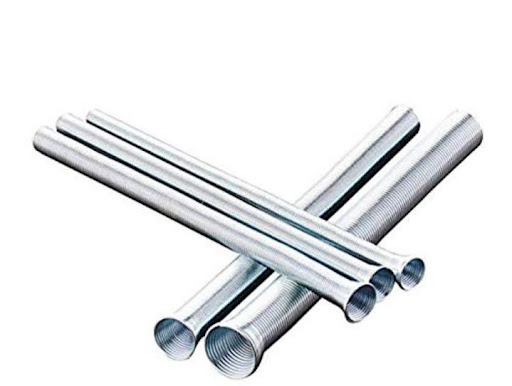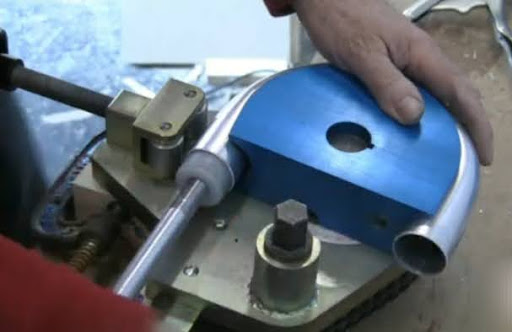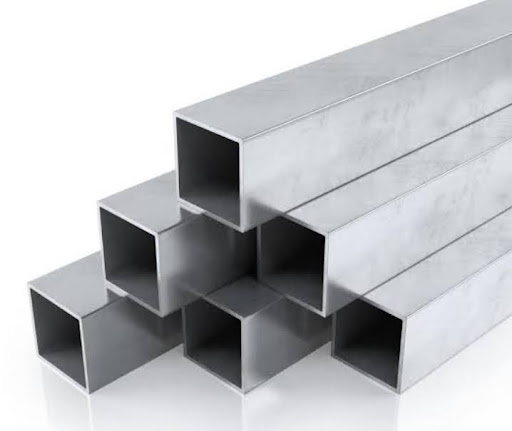Bending aluminum tubing is not complicated in this era. Whether you’re working on a DIY project or a professional custom sheet metal bending, you will get clean, perfect bends every time if you master it now. From the right tools and methods to key tube bending formulas and best practices, this guide covers everything you need to know about bending aluminum tubing effectively and efficiently.
What Is Bending Aluminum Tubing?
Bending tubing means forming pipes or tubing through the tube forming process. In bending aluminium tubing, we shape the aluminium tubes or pipes into the desired shape. The key to success in bending aluminium tubing depends on selecting the appropriate approach for your specific project.
For simple home projects, a wooden bending jig is an affordable and effective tool.
CNC benders and mandrel benders are the most used options for industrial purposes.
How to Bend Aluminum Tubing
Following the given steps can help you bend aluminum tube:
- First of all measure and mark the bend location.
- After marking, clamp the tube in a bending jig or die.
- Bend slowly and steadily it will help you avoid deformation during the process.
- Slightly bend more to allow spring back.
- During the process, check alignment and angles carefully so that you can get the desired shape.
Choosing the Right Aluminum Alloy for Bending
Due to the differences in characteristics, different aluminum alloys have specific function. You need to understand all alloys first according to their functionality. Selecting the correct alloy and temper is very important:
6063-T5 aluminum is easier to bend than 6061-T6, which is harder and has more risk of cracking.
The 6000-series aluminum alloys offer a balance between strength and workability.

Annealing (heating and cooling) can help make tougher alloys easier to bend without cracking.
What Method Do Machinist Use To Bend Metal Tubing
Here are the most commonly used options:
| CNC tube bending | Ideal for computer-controlled, precision shaping. |
| Roll bending | Best for smooth, large-radius curves. |
| Mandrel bending | Prevents wrinkling, especially for thin-wall tubing. |
| Compression bending | Used for basic curves; less precise than others. |
How to Bend Aluminum Square Tubing
Bending aluminum square tubing can be more challenging than round tubing due to its rigid edges. Here’s how to do it right:
- Use special square dies to maintain shape and prevent distortion or breakage.
- Fill the tubing with sand or appropriate fillers to avoid collapsing.
- Apply steady, slow pressure and make sure to avoid quick or jerky movements.
- Always test your method on scrap first if you’re unsure how to bend aluminum square tubing properly.

Tube Bending Formulas
These are the essential tube bending formulas which are important to know:
- Bend Allowance (BA): The tubing length that gets consumed during a bend.
- Bend Deduction (BD): Subtracted from the total tube length for accurate layout.
- K-Factor: The location of the neutral axis in the tubing during bending (typically 0.3–0.5 for aluminum).
These formulas are also useful in custom sheet metal fabrication.
The Golden Rules of Bending Aluminum Tubing
Follow these proven tips to avoid costly mistakes while bending aluminum tubing:
Best Practices for Consistent Bends:
- Minimum bend radius = at least 3x the tube’s outer diameter but it varies for different alloys.
- Always support the tube throughout the bend.
- Bend at a controlled and steady speed to avoid wrinkling.You might speed up to save time, but end up causing damage and wasting more time.
- Use high-quality tooling and dies.
- Refer to tube bending formulas for precision.
Applications of Bent Aluminium Tubing
- Transportation: Bike frames, car roll cages, exhaust systems
- Architecture: Handrails, curtain walls, signage supports
- Home & DIY: Patio furniture, lighting fixtures, hobby crafts
Fabricators often combine both bending sheet metal and tubing in one custom fabrication task when needed. These are the different processes which are combined for custom project
Pro Tips for Best Results
- Test the bend on scrap aluminum tubing it will help you master the process..
- Try to avoid scratches or sticking by using lubrications. It will help to get smooth and clean part.
- CNC or mandrel tooling can help you in achieving tight tolerances.
- For better structural guide, you can consult a sheet metal fabrication expert to .
- If your project has flat and curved parts, combine bending sheet metal and tubing methods accordingly.
Summary: Final Words
With these best practices, techniques, and tube bending formulas, you’re now fully prepared to take on any bending aluminum tubing task. Whether you’re crafting custom furniture, structural components, or aerospace parts, having the right tools and knowledge ensures clean, accurate, professional-grade bends every single time.
FAQ: Frequently Asked Questions:
Q1: What’s the easiest way to bend aluminum tubing?
A: Aluminum becomes malleable on heating and becomes easy to bend. Bend slowly to avoid kinks.
Q2: Can I bend 6061 aluminum tubing?
A: To some extent, yes, but it’s tough. Preheat or anneal it for easier bending.
Q3: How do I bend square aluminum tubing?
A: Use square dies and fill the tube with sand, which will support inner walls & prevent collapsing.
Q4: What’s the minimum bend radius?
A: At least 3 times the tube’s outer diameter is the minimum bending radius.
Q5: What’s springback in aluminum bending?
A: It’s when the tube slightly unbends upon removing the bending forces because of elastic recovery. Overbend a bit to fix it.
Q6: Can I use heat to bend aluminum tubing?
A: Yes. Light heating (annealing) makes tough alloys easier to bend without cracking.




































